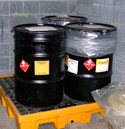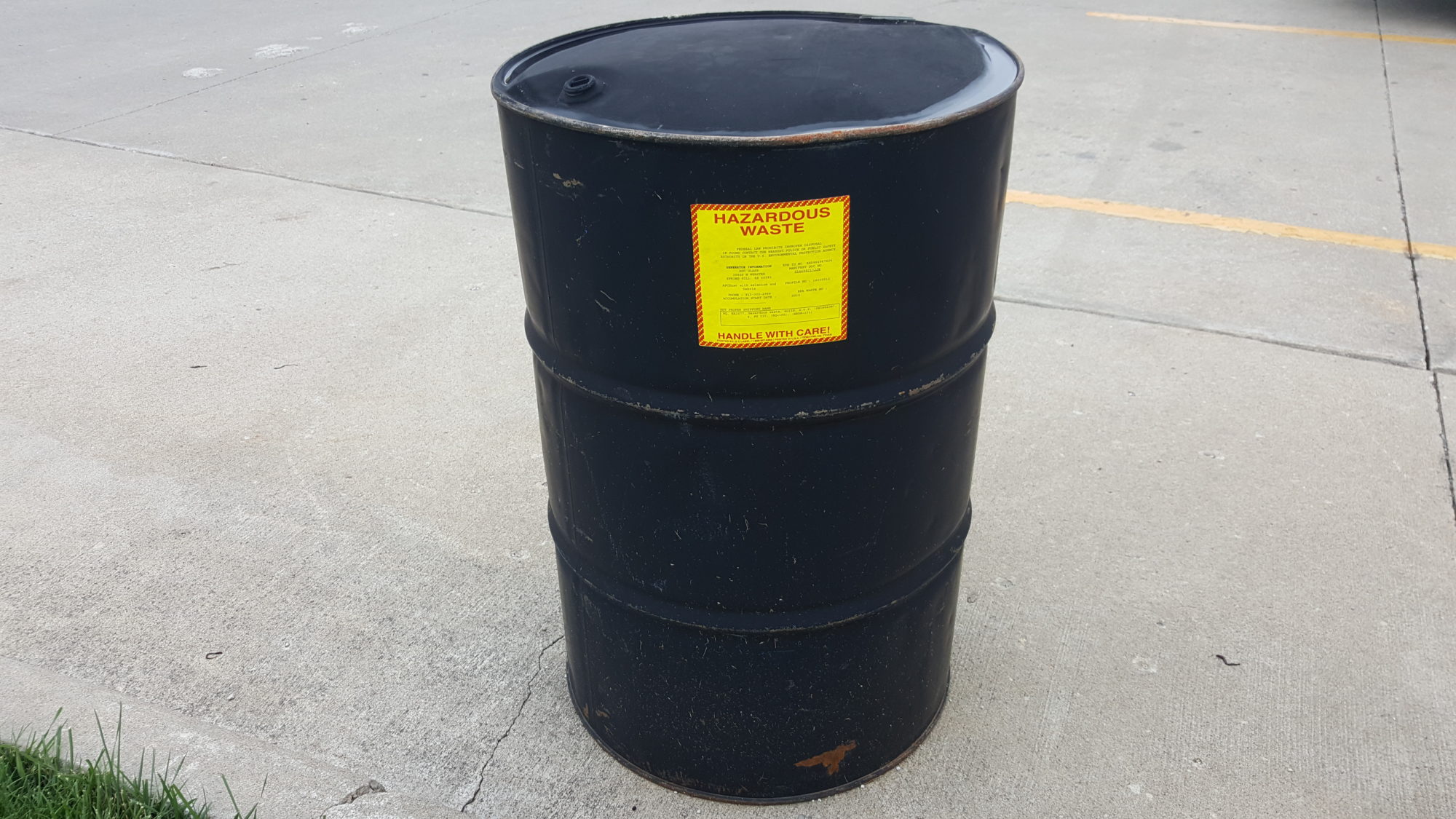This site will serve as a single location for information related to the Generator Improvements Rule. Articles providing more information are available through the links below.
Daniels Training Services, Inc. 815.821.1550 |
General Information and Background:
Summary of Proposed Rule from USEPA: The Hazardous Waste Generators Improvement Rule
Summary of the Generator Improvements Rule
FAQ: What is the status of the Generator Improvements Rule in my state?
Reorganization of the Hazardous Waste Generator Regulations
The Hazardous Waste Determination:
The Hazardous Waste Determination
Side-by-Side Comparison of Old Regulations and New for the Hazardous Waste Determination
Counting Hazardous Waste and Determining Generator Category
Mixing Hazardous Waste with Non-Hazardous Waste
Management of Hazardous Waste – General:
Marking and Labeling of Hazardous Waste Accumulation Areas
Marking and Labeling Requirements for Hazardous Waste Containers Prior to Off-Site Transportation
 Training Options for Facility Personnel of a Large Quantity Generator
Training Options for Facility Personnel of a Large Quantity Generator
The ‘Fifty Foot Rule’ for Ignitable and Hazardous Waste at a Large Quantity Generator
Episodic Generation of Hazardous Waste for a Small Quantity Generator
Episodic Generation of Hazardous Waste for a Very Small Quantity Generator
Notification to EPA for a Episodic Hazardous Waste Event
Consolidation of Very Small Quantity Generator Hazardous Waste at a Large Quantity Generator
Generator ban on Liquids in Landfills Under the Generator Improvements Rule
Weekly Inspection Requirements Under the Generator Improvements Rule
Like this article? Subscribe to my Monthly Newsletter No marketing emails! |
Satellite accumulation areas:
Comply with Special Requirements for Incompatible Waste in Containers
Limited Exception to Closed Containers
Clarify What is Meant by “Three Days”
Maximum Weight for the Accumulation of Acute Hazardous Waste
Clarify Generator Options When Maximum Volume or Weight is Exceeded
Marking and Labeling of Hazardous Waste Containers in Satellite Accumulation Areas
Applicability of Preparedness, Prevention, and Emergency Procedures for SQG and LQG
Must “Immediately” Transfer Hazardous Waste From Leaking Container
Clarify Satellite Accumulation Area as an Option for SQG and LQG Compliance
Rescind Memo Regarding Accumulating Reactive Hazardous Waste Away From the Point of Generation
Clarify: Under the Control of the Operator
All Revisions to Satellite Accumulation Area Regulations by Generator Improvements Rule
Preparedness, Prevention and Emergency Response for a Large Quantity Generator of Hazardous Waste (LQG):
 Comparison of New and Old Requirements in Generator Improvements Rule: Preparedness, Prevention, and Emergency Procedures for Large Quantity Generators
Comparison of New and Old Requirements in Generator Improvements Rule: Preparedness, Prevention, and Emergency Procedures for Large Quantity Generators
Applicability of Emergency Procedures to Hazardous Waste Accumulation Areas at LQG
Requirements for LQG to Make Arrangements with Local Authorities (now includes LEPC)
Exceptions for Emergency Equipment at LQG
Facility Personnel Access to Communication or Alarm System at LQG
Submittal of Contingency Plan by Large Quantity Generator (now includes LEPC)
Contact Information for Emergency Coordinator in Contingency Plan
Requirements for Quick Reference Guide in Contingency Plan
Content for Quick Reference Guide in Contingency Plan
Daniels Training Services, Inc. 815.821.1550 |
Preparedness, Prevention and Emergency Response for a Small Quantity Generator of Hazardous Waste (SQG):
Maintenance and Operation of Facility (Includes Applicability)
Testing and Maintenance of Emergency Equipment
Facility Personnel Access to Communication or Alarm System
Requirements for SQG to Make Arrangements with Local Authorities (now includes LEPC)
Identify Emergency Coordinator
Ensure Familiarity with Emergency Procedures (SQG Training)
 Facility closure:
Facility closure:
Closure Requirements of Hazardous Waste Accumulation Area at a Large Quantity Generator
Facility Closure Requirements for Large Quantity Generator
Reporting and Recordkeeping:
Re-notification Requirements for Large Quantity Generators
Re-notification Requirements for Small Quantity Generators
FAQs and Miscellaneous
What is a Central Accumulation Area?
Correction of Typo in Definition of Scrap Metal
Q&A: Are VSQGs required to register under the Generator Improvements Rule?
FAQ: How does the Generator Improvements Rule define an acute hazardous waste?
Status of the Generator Improvements Rule in Michigan
If you like this article, please share it using any of the social media platforms identified at the bottom of this article. |










